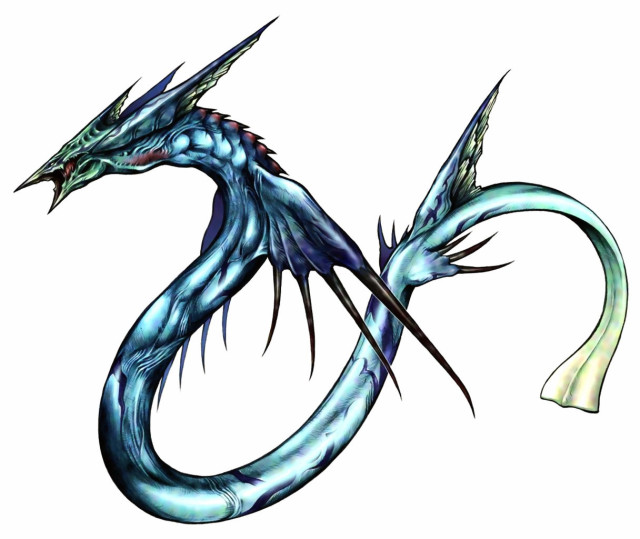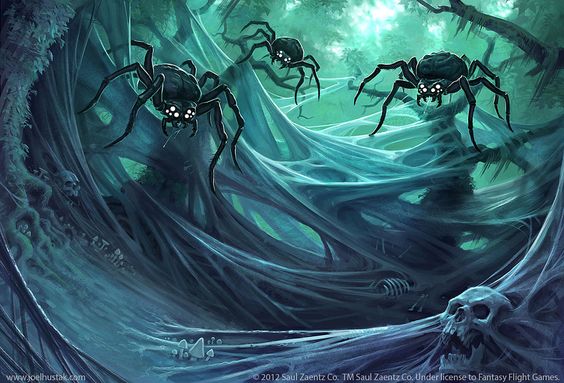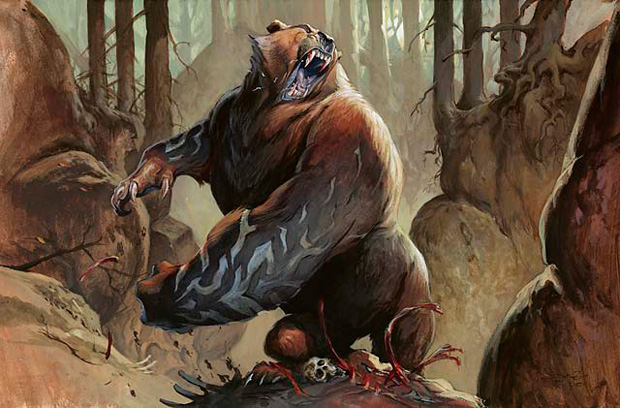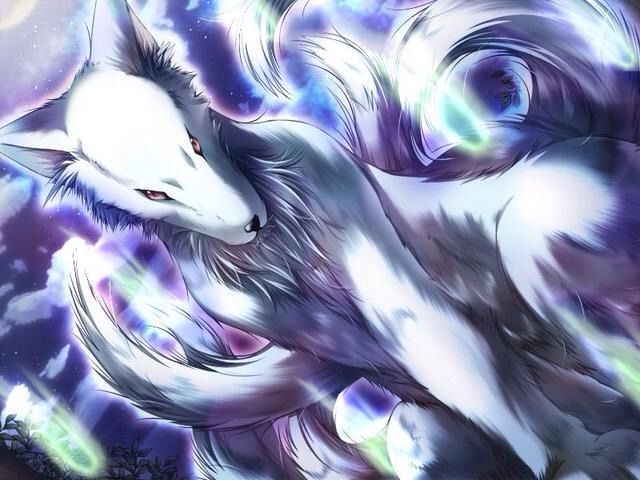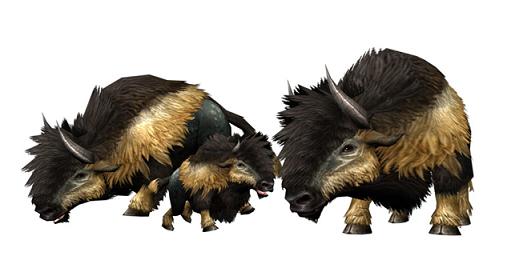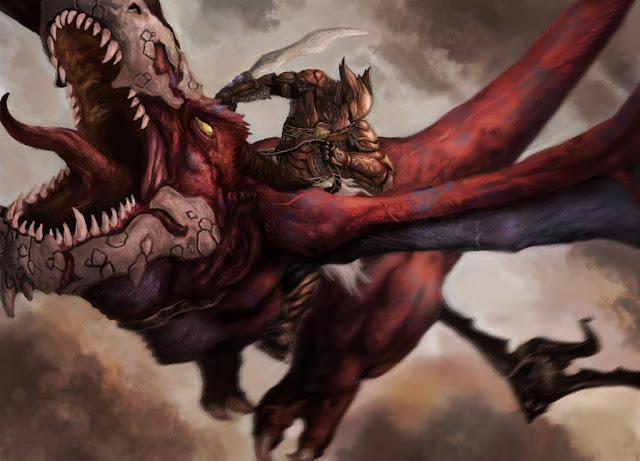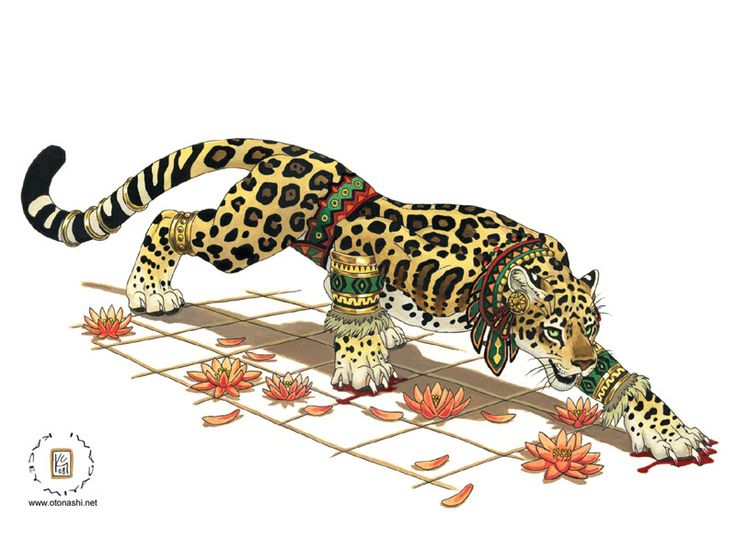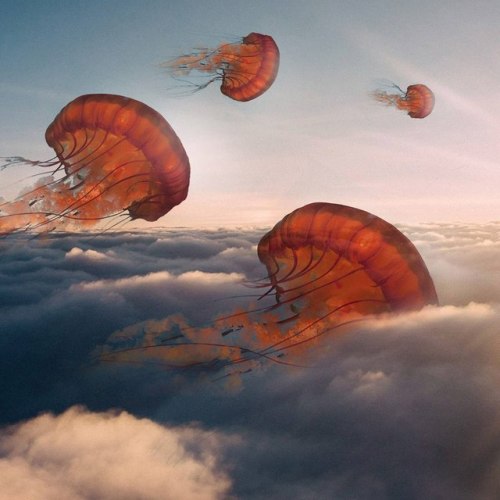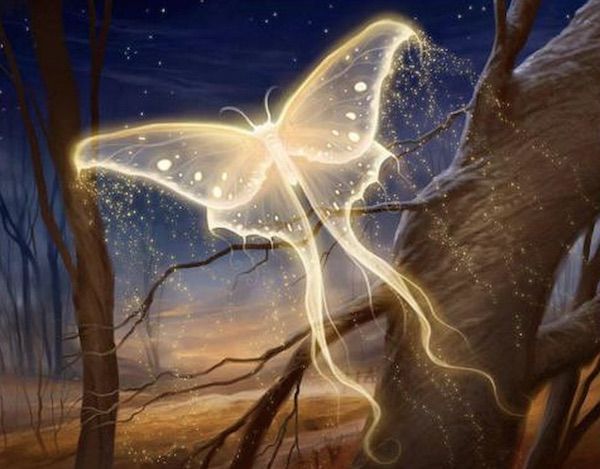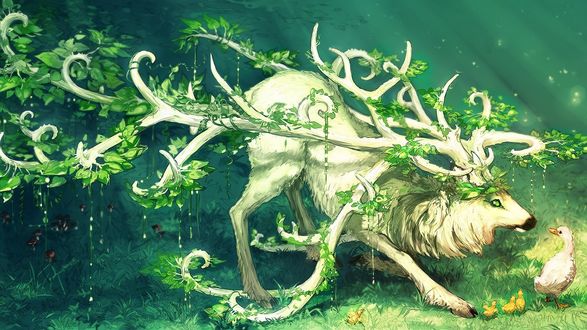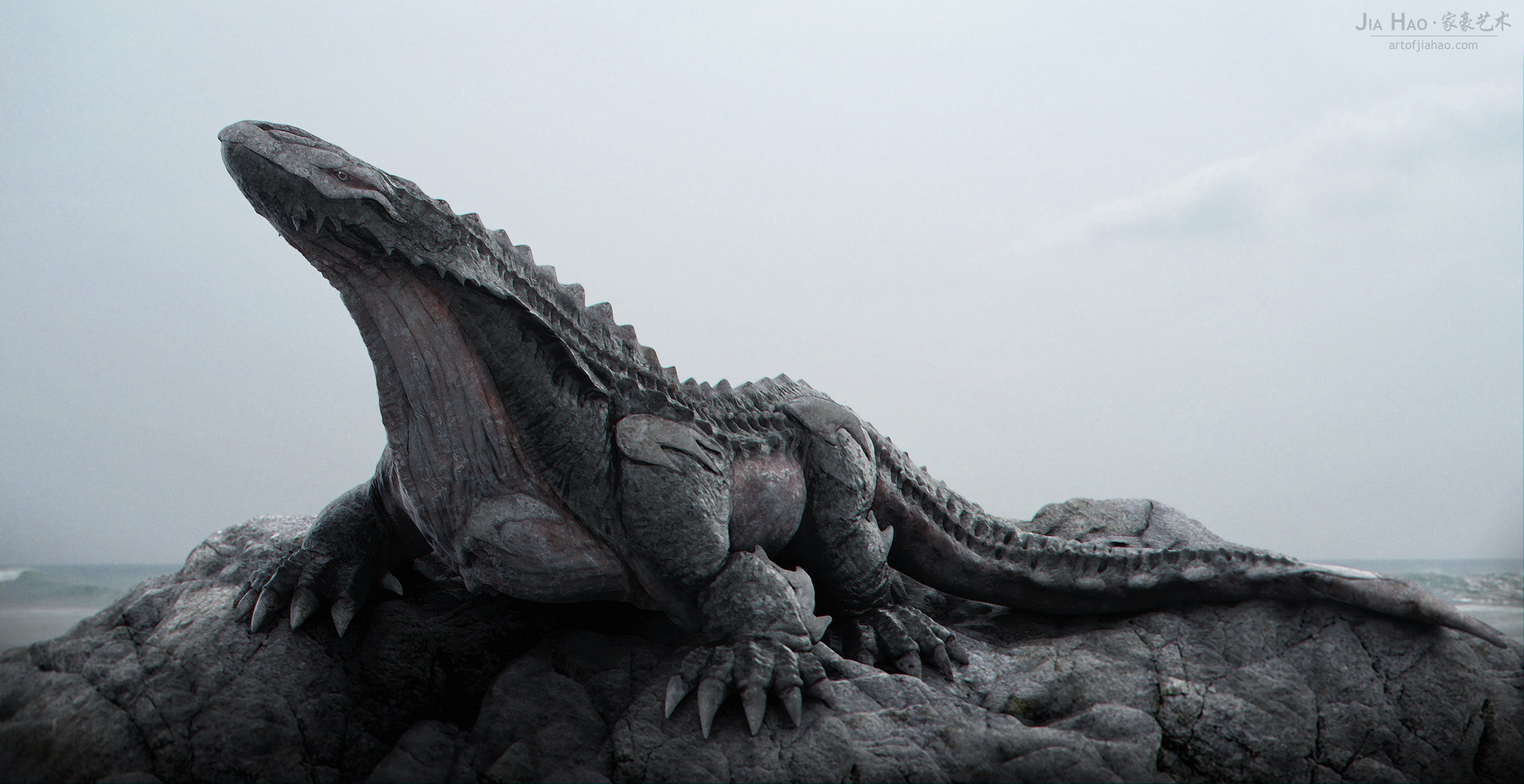Shin Positron Laser
Guardian of the Old Ways
Here you will find all information about Monsters, plants and animals that are unique to the World of Elegos.
If you wish to submit a new flora or fauna, please use the format below. Once you have completed the form, you may submit it in the SUBMISSION THREAD for evaluation and approval.List of FAUNA
DEVEELOS CONGERS
ANTARNAE
VINDUR BEAR
WOLFEN FANG
PAPAOPAMUS
ANDALUSIAN
GRIFFON
WINGED DRAKE
WIGHT VULTURES
SERPENTYNE
JAGAS
HIGHLAND WARG
CLOUD EMPEROR
DUSK DRIADE
SENECA
SCAEL GORRILA
BLUTBATZ
NORHCEROS
BONE LIZARD
List of FLORA
WEST ISLEY
KAILU
GRAVE SIGN
RABBIT VINE
MYSTHERBE
Form for Fauna
INSERT CREATURE NAME
INSERT IMAGE HERE
Type:
Diet:
Habitat:
Average Height:
Average Length:
Average Weight:
Lifespan:
Top Speed:
- CONTENT
- CONTENT
- CONTENT
- CONTENT
- CONTENT
- CONTENT
Code:
[divide=thick][/divide]
INSERT CREATURE NAME
[divide=thick][/divide]
INSERT IMAGE HERE
[divide=thick][/divide]
[side=left]
Type:
Diet:
Habitat:
Average Height:
Average Length:
Average Weight:
Lifespan:
Top Speed:
[/side]
Behavioral and Historical Description:
- CONTENT
- CONTENT
- CONTENT
- CONTENT
- CONTENT
- CONTENT
[Fieldset=Appearance Description: ]Content[/Fieldset]
[Fieldset=Special Abilities: ]Content[/Fieldset]
[Fieldset=Other: ]Content[/Fieldset]
[divide=thick][/divide]INSERT PLANT NAME
INSERT IMAGE HERE
Type:
Season:
Environment:
Average Height:
Average Length:
Lifespan:
Top Speed:
- CONTENT
- CONTENT
- CONTENT
- CONTENT
- CONTENT
- CONTENT
Code:
[divide=thick][/divide]
INSERT PLANT NAME
[divide=thick][/divide]
INSERT IMAGE HERE
[divide=thick][/divide]
[side=left]
Type:
Season:
Environment:
Average Height:
Average Length:
Lifespan:
Top Speed:
[/side]
Appearance and Historical Description:
- CONTENT
- CONTENT
- CONTENT
- CONTENT
- CONTENT
- CONTENT
[Fieldset=Secular Usage: ]Content[/Fieldset]
[Fieldset=Special Abilities: ]Content[/Fieldset]
[Fieldset=Other: ]Content[/Fieldset]
[divide=thick][/divide]List of Indigenous Fauna on Elegos
List of Indigenous Flora on Elegos
Last edited:





